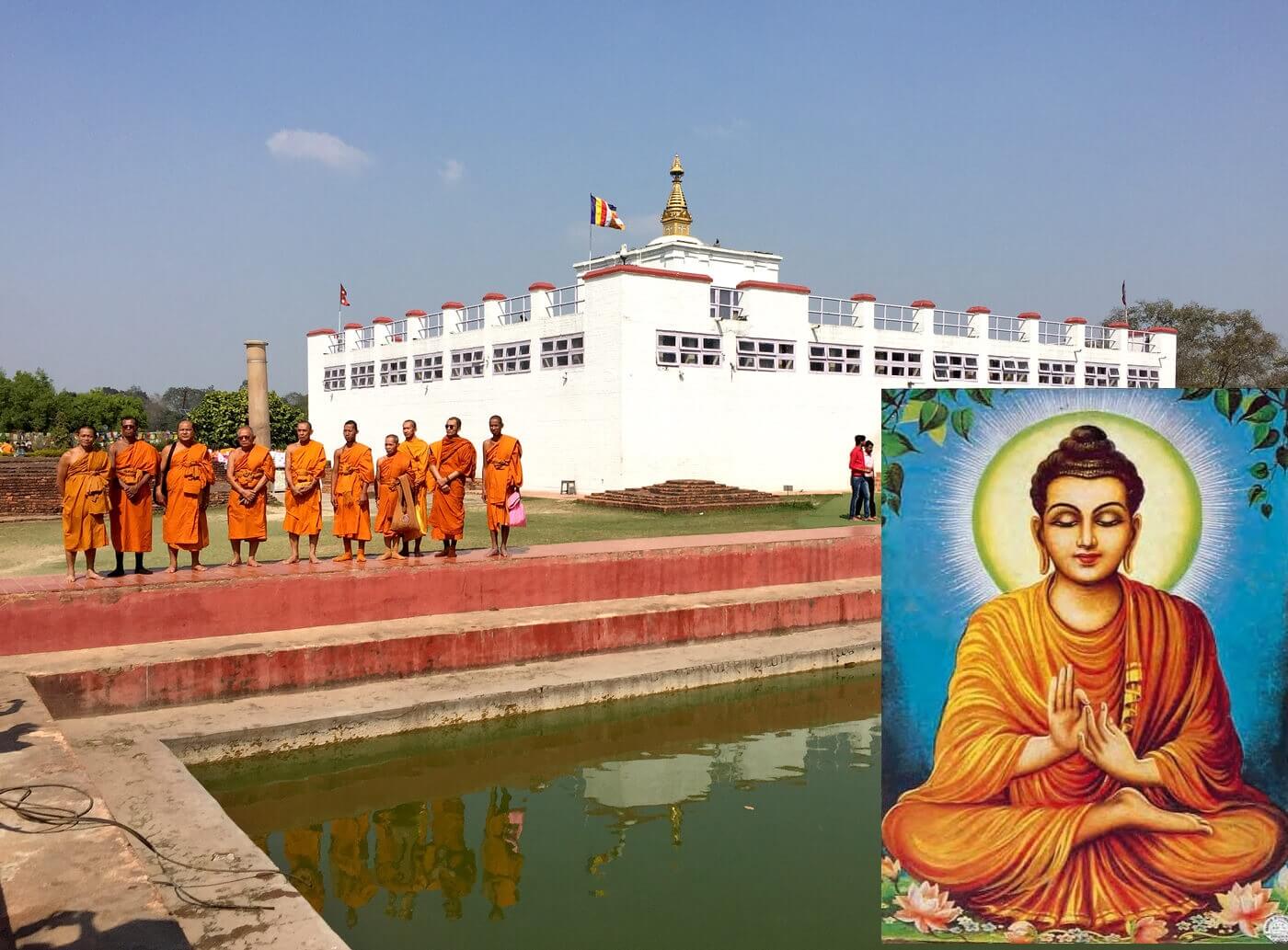
Buddha was Born in Nepal: Discover Lumbini’s Significance
Introduction
Siddhartha Gautama, known as the Buddha, is one of the most influential spiritual leaders in history. His teachings have shaped Buddhism, a major world religion followed by millions. The story of his life begins in a small village called Lumbini, situated in the southern plains of Nepal. This article explores the historical and cultural significance of Lumbini, providing evidence and insights into why it is recognized as the birthplace of Buddha, its importance in Buddhist pilgrimage, and the key landmarks and historical findings related to Buddha's birth.
Historical Context
Lumbini, a serene village in the Rupandehi district of Nepal, holds immense historical importance as the birthplace of Siddhartha Gautama. According to ancient scriptures and historical texts, Buddha was born in 623 BCE. His mother, Queen Maya Devi, gave birth to him in the lush gardens of Lumbini while traveling to her parental home. This event is detailed in various Buddhist scriptures, including the "Mahaparinirvana Sutra" and the "Lalitavistara Sutra."
During Buddha's time, Lumbini was part of the Sakya kingdom, and the site quickly gained recognition as a significant location in Buddhist history. The area, described as a beautiful garden filled with blooming flowers and sacred trees, remains a symbol of peace and enlightenment.
Archaeological Evidence
Archaeological excavations in Lumbini have unearthed substantial evidence supporting the claim that Buddha was born here. One of the most compelling pieces of evidence is the Ashoka Pillar. Erected by Emperor Ashoka of India in 249 BCE, the pillar bears an inscription that explicitly marks Lumbini as the birthplace of Buddha. The inscription reads:
"Here the Buddha, sage of the Shakyas, was born. The Lord (Ashoka) had a stone railing made and a stone pillar set up to commemorate his visit."
In addition to the Ashoka Pillar, archaeologists have discovered ancient structures, including the remnants of temples, stupas, and monasteries, which date back to the third century BCE. These findings corroborate historical texts and provide a tangible link to the past.
Significance in Buddhism
Lumbini is one of the most revered sites in Buddhism, known as one of the "Four Great Places of Pilgrimage," along with Bodh Gaya, Sarnath, and Kushinagar. The significance of Lumbini in Buddhist tradition cannot be overstated. It is considered the starting point of Buddha's journey to enlightenment, making it a focal point for Buddhist devotion and practice.
Pilgrims from around the world visit Lumbini to pay homage to the birthplace of Buddha. They engage in rituals such as circumambulating the sacred sites, offering prayers, and meditating in the serene environment. The annual Buddha Jayanti festival, celebrating Buddha's birth, enlightenment, and death, attracts thousands of visitors who come to partake in the festivities and rituals.
Key Landmarks in Lumbini
Lumbini is home to several key landmarks that hold immense religious and historical significance:
Maya Devi Temple
The Maya Devi Temple is the centerpiece of Lumbini, marking the exact spot where Queen Maya Devi gave birth to Siddhartha Gautama. The temple houses a bas-relief sculpture depicting the birth of Buddha and ancient stone markers indicating the birth spot. It is surrounded by the Sacred Garden, which remains a place of tranquility and reverence.
Ashoka Pillar
As mentioned earlier, the Ashoka Pillar stands as a testament to Emperor Ashoka's visit and his efforts to promote Buddhism. The pillar, with its inscriptions, is a crucial archaeological and historical artifact that confirms Lumbini as Buddha's birthplace.
Sacred Garden
The Sacred Garden, encompassing the Maya Devi Temple, is adorned with ancient stupas and monasteries. It is a serene space where pilgrims meditate and reflect on the teachings of Buddha. The garden's serene atmosphere and historical relics offer a glimpse into the spiritual heritage of Buddhism.
Other Important Sites
In addition to the Maya Devi Temple and the Ashoka Pillar, Lumbini hosts several monasteries and temples built by Buddhist communities from different countries. These structures, each reflecting unique architectural styles, contribute to the rich tapestry of Lumbini's spiritual landscape.
Cultural and Religious Impact
Buddha's birthplace has profoundly influenced Nepalese culture and the global spread of Buddhism. Lumbini's recognition as a sacred site has elevated Nepal's status as a center of Buddhist learning and pilgrimage. The teachings of Buddha, which emphasize peace, compassion, and enlightenment, continue to inspire millions worldwide.
Lumbini's role in promoting Buddhism is evident in the efforts to preserve and promote the site. The establishment of the Lumbini Development Trust and various international collaborations aim to maintain the sanctity and historical integrity of Lumbini.
UNESCO Recognition
In 1997, UNESCO designated Lumbini as a World Heritage Site, acknowledging its historical, cultural, and spiritual significance. This recognition has led to increased efforts to preserve the site's ancient structures and promote it as a global pilgrimage destination. UNESCO's involvement has also brought international attention to Lumbini, attracting scholars, historians, and tourists interested in exploring its rich heritage.
Conclusion
Lumbini, Nepal, stands as a testament to the enduring legacy of Buddha and the profound impact of his teachings. As the birthplace of Buddha, Lumbini holds unparalleled significance in the Buddhist world. The historical evidence, including the Ashoka Pillar and archaeological findings, combined with its cultural and religious importance, make Lumbini a pivotal site for both historical and spiritual exploration.
For those seeking to understand Buddhism's origins or experience its spiritual essence, Lumbini offers a unique journey into the past. We invite you to explore and visit Lumbini, immersing yourself in the serene environment where Buddha's journey to enlightenment began.
Nepal Related Topics




